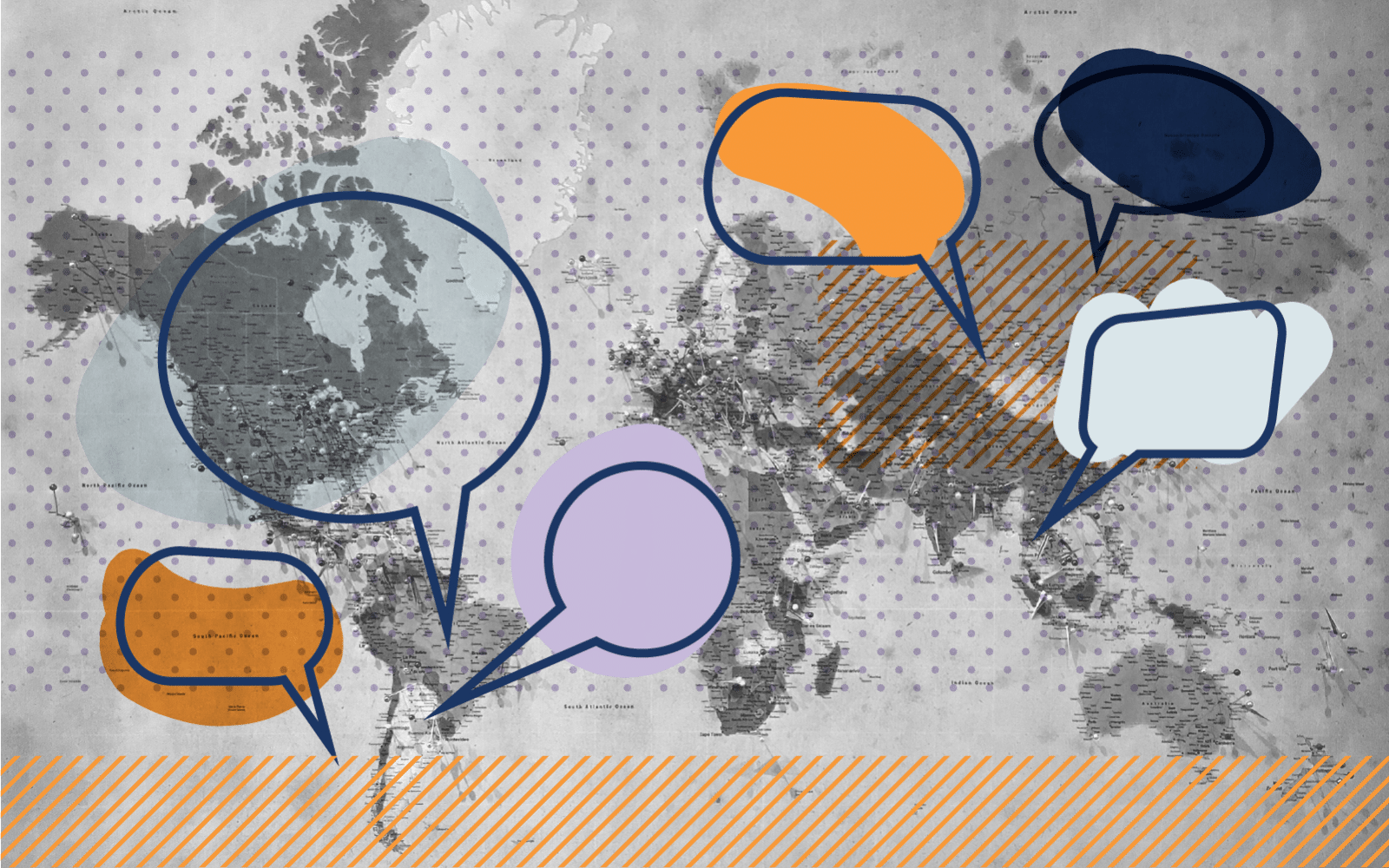
Bill Drayton and Japanese Prime Minister Yukio Hatoyama
In February 2010, Ashoka founder and CEO Bill Drayton had a series of meetings in Tokyo, with 360 audience members at a University symposium, the Japanese Prime Minister (video), congressmen, and major media reporters.
At each of these meetings the Japanese attendees expressed the same concerns, with many expressing the feeling that “Honestly speaking, we Japanese are lacking in creativity and in leadership. Regrettably, these two important qualities are not nurtured in our education.”
Detecting some embarrassment felt by the attendees behind their smiling facades, Mr. Drayton hastily and impatiently responded, “What makes you say that? You built up what we built in 600 years in the West in 150 years!” His optimistic outlook instilled a sense of hope for the Japanese audience that has dwindled over the past decade.
Between 1984 and 1991 the Japanese enjoyed the economic pay-off of the previous 60 years of growth. This period was an “economic bubble” of unprecedented prosperity. A Japanese realtor purchased The Rockefeller Center and a department store chain acquired Tiffany & Co. in New York City. Many beautiful chateaus in France and Australian resort real estate were bought by Japanese Individual and corporate investors during that period. For some time, extravagant shops and restaurants in major cities in the world were filled with Japanese tourists. Japanese corporations were expanding rapidly and Japanese exports were dominating many categories worldwide.
However this period did not last long enough to change the infrastructure of the society. The Japanese economy started to fail in the mid-90‘s. In 1997 major financial institutions collapsed and the national suicidal rate reached 30,000 deaths per year in 1998. This rate has not decreased since. Additionally, 1998 was the first year in which the number of “Hikikomori” children between the ages of six and thirteen who isolate themselves from the world had reached over 130,000 cases, the number which still persists today.
Japan, still the second-richest country in world by GDP, now has numerous underlying social issues. Sharply increasing poverty is one of them; one out of seven adults lives on under 1,140,000 yen (US$12,500) per year and this number does not include homeless population which has burgeoned rapidly during the past decade.
Statistics like these are causing the Japanese to grow reflective and doubtful of a set of beliefs they have been conditioned to believe in that had previously created a sense of safety. ”Follow in the steps of others and refrain from sticking out of the crowd because that could lead to shunning and failure!’‘ ’’Do not take a risk since you will not be forgiven for mistakes!”
These unspoken rules hang in the air in Japan. The social strain of sacrificing a 99% possibility of success for a 1% fear of failure does not seem to be unrelated to the extreme withdrawing syndrome and violence toward themselves. The same strain also explains the fact that Japanese are the least entrepreneurial nation in the world.
Ashoka made its first public presence in Japan in February through Mr Drayton’s major media interviews and the meetings with dignities, highlighted by the meeting with Prime Minister Yukio Hatoyama. Mr Hatoyama embraced the vision of galvanizing civic society by reducing the power of the government. Mr Hatoyama also expressed his heartfelt admiration for Ashoka’s achievements and anticipation of Ashoka’s launch in Japan.
Ashoka-Japan will soon be launched within a national context in which an increasing desire for change and the inertia of traditional beliefs co-exist and persist. We, Ashoka-Japan supporters, dream that one day in the not so far away future, we will have a society that embraces risk-taking and innovative thinking, a society that allows every citizen to become a changemaker.
Contributed by Nana Watanabe, Ashoka’s advisor in Japan.
